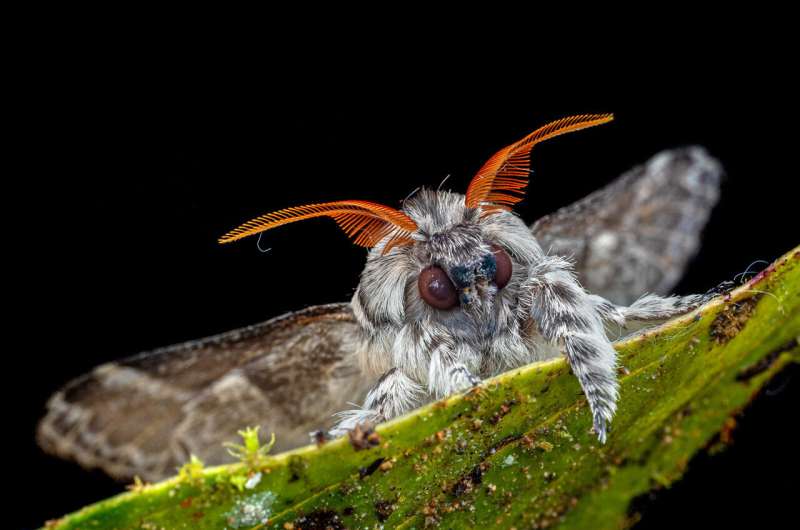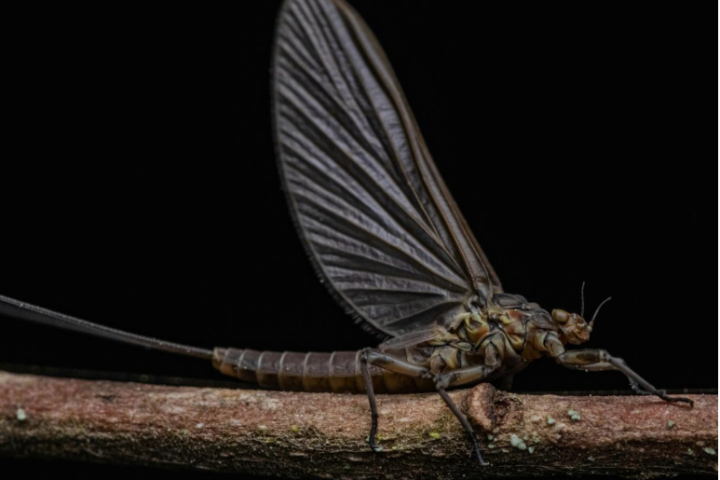Dr. Mark Wong from The University of Western Australia spearheaded a groundbreaking study shedding light on global insect activity patterns throughout the day and night cycle.
“Finally, we have a comprehensive understanding answering the age-old inquiry about nocturnal versus diurnal insect prevalence,” remarked Dr. Wong. “Our findings not only confirm a 31.4% increase in insect activity at night but also unveil pivotal ecological drivers influencing these patterns worldwide.”
Surprisingly, the dynamics of insect activity across the day-night cycle have been largely overlooked in ecological research due to limitations in conventional sampling methods. Sweep netting often misses inactive insects, while light traps are less effective during daylight hours.
To circumvent these challenges, the researchers meticulously analyzed 99 studies conducted between 1959 and 2022, employing traps tailored to capture moving insects like pitfall traps, flight interception traps, and aquatic drift nets. These studies, spanning diverse landscapes from tropical jungles to temperate forests, amassed data on over 3 million individual insects.
Published in Nature Communications, the study divulges various ecological determinants shaping insect activity patterns globally.
Insects such as mayflies, caddisflies, moths, and earwigs exhibited heightened nocturnal activity, while thrips, bees, wasps, and ants were more active during the day.
Moreover, rivers and streams showcased a prevalence of nocturnal insect activity, with twice as many insects observed during the night. Conversely, terrestrial insects displayed higher daytime activity, particularly in grasslands and savannas, where insect sightings could triple during daylight hours.
Dr. Wong pointed out that these divergent behaviors in terrestrial and aquatic ecosystems might be adaptive strategies for evading predators. “Fish tend to prey on aquatic insects during the day, while nocturnal predators like bats heighten the risk for land-dwelling insects after dark.”
The study also underscored the impact of environmental variables, notably temperature, on global insect activity. “We observed peak nocturnal activity in warmer regions, suggesting that insects seek shelter from daytime heat,” Dr. Wong noted.
However, the research issued a cautionary note on the threats confronting insects, stressing the urgency of conservation measures.
“Our results underscore the peril posed by climate change. In regions with already high temperatures, such as the tropics, rising temperatures may further diminish the activity of nocturnal insects struggling to cope with heat. Additionally, artificial lighting disrupts nocturnal insects’ natural behaviors, exacerbating ecosystem disruptions.”
Insects play crucial roles in ecosystem functions like pollination, nutrient cycling, and pest control, many of which occur predominantly at night when insect activity peaks.
Dr. Wong emphasized the enduring significance of ecological fieldwork in unraveling insect activity patterns. “While demanding, such research is indispensable. Installing and maintaining traps across diverse environments, day and night, is essential. Insects represent vital components of biodiversity, and comprehending their intricate rhythms isn’t just a scientific pursuit—it’s imperative for preserving biodiversity amid rapid planetary changes.”
More information: Mark K. L. Wong et al, Global meta-analysis reveals overall higher nocturnal than diurnal activity in insect communities, Nature Communications (2024). DOI: 10.1038/s41467-024-47645-2





